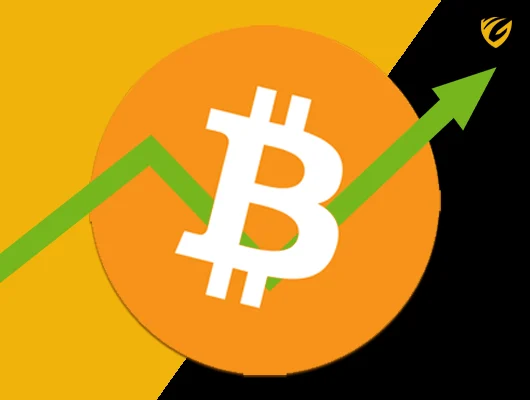The Rise and Fall of Luna & UST
All over social media Luna and TerraUSD (UST) investors tried to take stock of their losses after they lost up to 80% of their investments in two days. Some blamed the crypto crash on a technical glitch, and others blamed the exchange for letting it happen.
Among the investors of Terra and Luna, so-called LUNAtics, a palpable sense of panic set in as news of the emergency shutdown spread far and wide on social media this week. Some blamed the exchanges for allowing the emergency shutdown to happen without warning them in advance while others openly accused the exchanges of being profit-driven and careless about their customers’ funds.
The two cryptos took a beating as Terra — a supposed “stablecoin” that was meant to retain a $1 price point — lost its peg, and the connected Luna crypto dropped 99% in a matter of days. Combined, the two cryptos shed tens of billions of dollars in value.
While many investors have lost the will to invest in the cryptocurrency market altogether, others insist they will soon recover their losses and resume their trades in the cryptosphere. Yet others, particularly diehard LUNAtics, are wrestling with an unexpected conundrum: should they maintain their faith in LUNA or Terra? While on the surface the question appears simple—if the coin was in such good shape, to begin with, then surely it will bounce back in no time!—on closer inspection, it is anything but simple and straightforward.
Stablecoins – cryptocurrencies pegged to the value of a stable asset like gold or the US dollar – were supposed to be “stable” as opposed to more volatile cryptocurrencies. They’re supposed to help investors avoid the volatility and risks of cryptocurrency trading. So why are they falling?
Between January 15th and March 15th this year the market cap of Tether – the most popular stablecoin – dropped by 30 percent, according to a report from the Wall Street Journal.
And it’s not the only one: more than 60 percent of stablecoins have decreased in value since last month. The market capitalization of stablecoins had fallen from $25bn to $18bn according to CoinMarketCap.com over the same timeframe.
Is it just a blip? Or is there a bigger story here?
While some claimed that the problem happened because of a structural issue with the nature of the stablecoin, others latched on to unfounded online conspiracy theories about hedge funds BlackRock and Citadel Securities being somehow involved in the collapse, claiming that they had organized a coordinated attack to drain investors’ portfolios and dump their own holdings on exchanges. Citadel has become enemy No. 1 of the meme investment crowd after it shorted GameStop in 2021 and its CEO Ken Griffin outbid a group of crypto investors for an original copy of the US Constitution. However, Citadel Securities said that it is not involved in the situation and “does not trade stablecoins, including UST.”
BlackRock also denied involvement, stating: “Rumors that BlackRock had a role in the collapse of UST are categorically false. In fact, BlackRock does not trade UST,” said spokesperson Logan Koffler in an emailed statement to Bloomberg.
What’s Next for Luna & UST?
Do Kwon, the CEO of Terraform Labs — the company behind Luna and Terra — tweeted out an announcement to the “Terra Community,” in which he outlined a recovery plan.
“I understand the last 72 hours have been extremely tough on all of you – know that I am resolved to work with every one of you to weather this crisis, and we will build our way out of this,” he wrote on Twitter.
“Terra’s return to form will be a sight to behold,” wrote Kwon. “We’re here to stay. And we’re gonna keep making noise.”
Nevertheless, Terra’s staking token LUNA and its decentralized stablecoin UST have resumed their downward movement following the market correction.
As of writing, LUNA – now the 89th coin by market capitalization – is trading at USD 0.000189864016 with a 24-hour trading volume of $688,306,274. The coin is also down by 99.9% from its all-time high of USD 119.18 recorded just over a month ago.
DISCLOSURE:
This content is provided for informational purposes only, and should not be relied upon as legal, business, investment, or tax advice. You should consult your own advisers as to those matters. Charts, graphs and references to any digital assets are for informational and illustrative purposes only.
This post was published by Finblox – a high-yield cryptocurrency savings platform where you can buy and earn up to 90% APY on your digital assets. Download the Finblox app and check out our website and blog. Follow us on Twitter and join our Telegram community for the latest updates.



